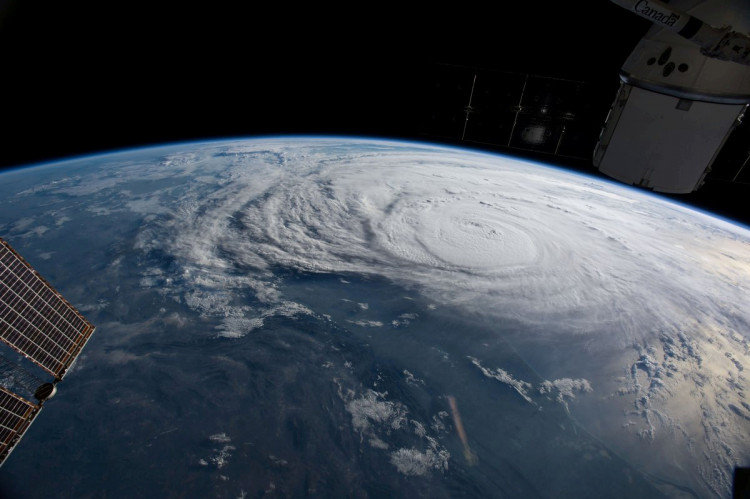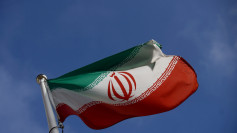Ozone, a gas composed of three oxygen atoms bound together, forms in the upper atmosphere of the Earth. The majority of ozone is found in the stratosphere, an atmospheric layer 6 to 31 miles (10 to 50 kilometers) above the planet's surface. There, the gas acts like sunscreen, protecting Earth from the sun's powerful ultraviolet (UV) rays.
A scientist recently asserted that he had found evidence of a massive hole in Earth's ozone layer that first emerged above the tropics in the 1980s but was not recognized until recently. The scientist, however, immediately came under fire from specialists when his work was released, who pointed out its serious flaws.
"I am surprised that this study was published at all in its current form," atmospheric chemistry professor Martyn Chipperfield from the University of Leeds in England spoke to the Science Media Centre, a free press office with a U.K. base that collaborates with scientists, journalists, and decision-makers to convey accurate scientific information.
"The claim in this research of such large ozone changes in the tropics have not been apparent in other studies, which makes me very suspicious," Chipperfield said. "Science should never depend on just one study, and this new work needs careful verification before it can be accepted as fact."
In response to criticism from Chipperfield and others, the author of the new study, Qing-Bin Lu, a professor in the Department of Physics and Astronomy at the University of Waterloo in Ontario, stated he disagrees. "In my opinion, these criticisms are groundless and cannot stand from the review of scientific literature," he told Live Science through an email.
The contentious study was released in the AIP Advances journal on July 5. According to A.T. Charlie Johnson, Jr., deputy editor of AIP Advances, the work through the regular peer-review process for the journal and was approved for publication by an outside reviewer. The work was then deemed newsworthy enough by the journal's editors to be recognized as a featured article on their website.
"To our knowledge, we have not received any communication from the outside community questioning its validity. We encourage readers and researchers to contact the authors whenever possible to discuss potential technical deficiencies so that they may be addressed in corrections in the literature or in comments and responses." Johnson said.
He also said that readers might also get in touch with the journal directly. The journal would then attempt to substantiate any assertions made about the work, ask the author for an explanation or a rebuttal, and, if necessary, correct the literature.






